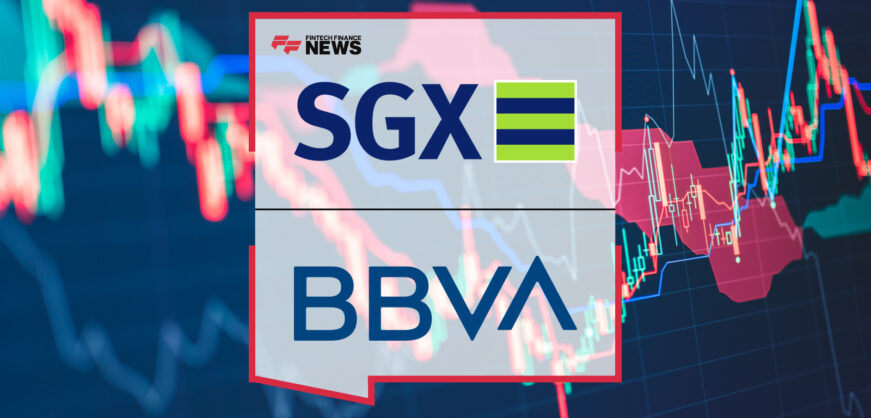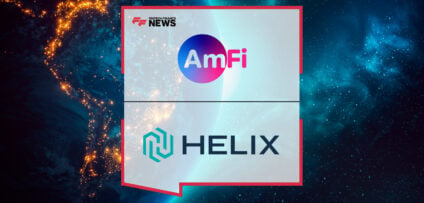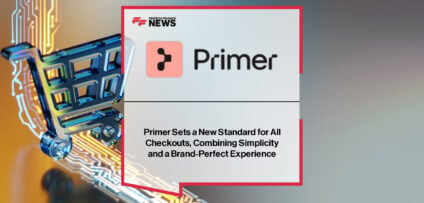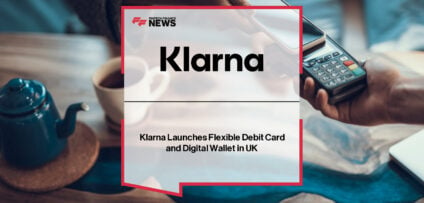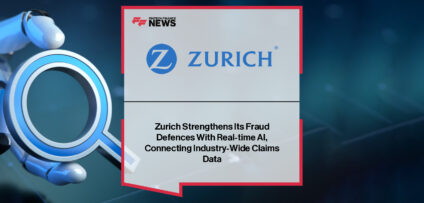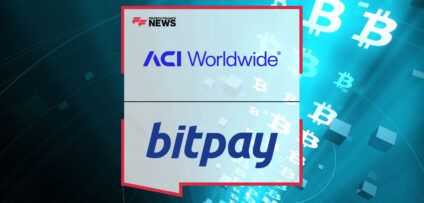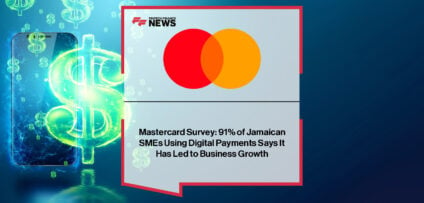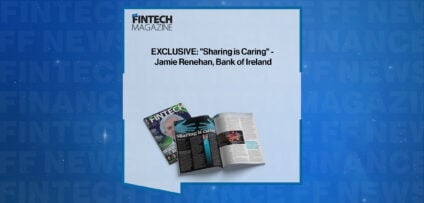Breaking News

HTX Ventures’ Comprehensive Analysis of Tokenized Stocks: Three Main Models, Key Players, and the Global Market Race
HTX Ventures, the global investment arm of HTX, has released its latest research report “Are Tokenized Stocks a Treat or a Trap? A Complete Guide”. The report examines the driving forces, mainstream models, and possible evolution paths of tokenized stocks, and explores how they may merge with traditional capital markets.
With platforms like Kraken and Robinhood , and HTX entering the field, U.S. equities, ETFs, and other real-world assets (RWAs) are increasingly being brought on-chain, enabling the construction of a 24/7 global blockchain-based capital market. HTX Ventures takes a deep dive into the three main tokenization models currently in play and the market’s most notable participants.
Main Models of Tokenized Stocks
The current approaches to tokenizing equities can be categorized into three primary models, each with its own trade-offs in compliance, liquidity, and user experience:
- Custodied Real Stocks + On-Chain Token Issuance – Licensed institutions purchase and custody real shares, issuing on-chain tokens backed 1:1. This ensures transparency and compliance but often excludes shareholder rights and faces transfer restrictions.
- Contract for Difference (CFD) – Tracks stock prices via contracts without holding the underlying shares. It is quick to deploy, flexible, and supports leverage, but it lacks underlying asset backing and is often seen as high-risk by regulators.
- Pure DeFi Synthetic Assets – Decentralized protocols issue tokens pegged to stock prices using oracles and collateral. While fully open and composable with DeFi, this approach is vulnerable to oracle failures and collateral volatility.
Market Landscape: Key Participants
The latest wave of tokenized stock products has produced a clear value chain—from issuance and custody to matching engines, liquidity provision, and retail distribution—featuring key players such as:
- Backed Finance – Swiss-based issuer acquiring real shares and disclosing holdings via Chainlink Proof of Reserve (PoR). Clients include Kraken, Bybit, and Ondo.
- Ondo & Securitize – Ondo leads the Global Market Alliance with Solana Foundation, BitGo, and others to standardize cross-chain and custody frameworks. Securitize focuses on institutional equity tokenization.
- Dinari – U.S.-based, pursuing Reg D, Reg CF, and ATS licenses to launch compliant dShares. Operates mainly via B2B partnerships.
- Kraken – Offers Backed-issued xStocks with PoR verification and Solana bridging for secondary liquidity, restricting U.S. users for compliance.
- Bybit – Runs both xStocks for real-stock-backed trading and CFDs for high-frequency traders via liquidity providers like IS Prime and Finalto.
- Robinhood – Holds a U.S. Broker-Dealer license and operates Robinhood Chain, piloting tokenized stocks and ETFs in the EU via an SPV structure and Bitstamp liquidity bridge.
- Republic – Tokenizes rare private equity (e.g., SpaceX, OpenAI) through SPV notes, but faces potential authorization risks.
These varied approaches have created a “multi-model coexistence” market structure, catering to different investor needs while accelerating regulatory and technological interplay.
Reverse Integration Signals
Another noteworthy trend is the reverse flow of on-chain assets into traditional capital markets. In July 2025, a Nasdaq-listed company rebranded as TRON Inc., making TRX a core strategic asset, holding over 365 million TRX and staking it via on-chain protocols for yield. Unlike MicroStrategy’s BTC treasury strategy, TRON Inc. has integrated blockchain ecosystem development into its corporate strategy, exploring the combination of on-chain governance with traditional equity structures. This move boosted its share price by over 55% in a single day and provided a potential blueprint for blockchain-native assets entering mainstream markets, echoing the “two-way integration” dynamic of tokenized stocks.
Conclusion
The trend of tokenized stocks reflects the convergence of policy, technology, and demand, as well as the deeper integration of the stablecoin-driven shadow dollar system into equity markets. It offers emerging market investors a low-barrier gateway to global capital markets and injects fresh momentum into the RWA sector. But its long-term viability hinges on real-stock backing, sustainable liquidity, and regulatory alignment.
Meanwhile, the Tron Inc. case illustrates that the capital flow between blockchain and traditional markets is now bidirectional. This “two-way integration” may well be the key to reshaping the architecture of global capital markets.
HTX and HTX Ventures will continue to track and invest in tokenized stocks and the broader RWA sector, leveraging global compliance resources, technical expertise, and investment networks to drive innovation and ecosystem growth—creating lasting value for users and partners worldwide.
Companies In This Post
- SGX FX and BBVA Announce Partnership to Expand Liquidity in The Americas Read more
- AmFi and Helix Forge Strategic Partnership to Open Latin America’s Private Credit Market to Asian Investors Read more
- EXCLUSIVE: “Sharing is Caring” – Jamie Renehan, Bank of Ireland in ‘The Fintech Magazine’ Read more
- Chainlink Enables Banks to Transact On-Chain Securely and Seamlessly Read more
- Backbase on AI Execution & Banking Transformation Read more




